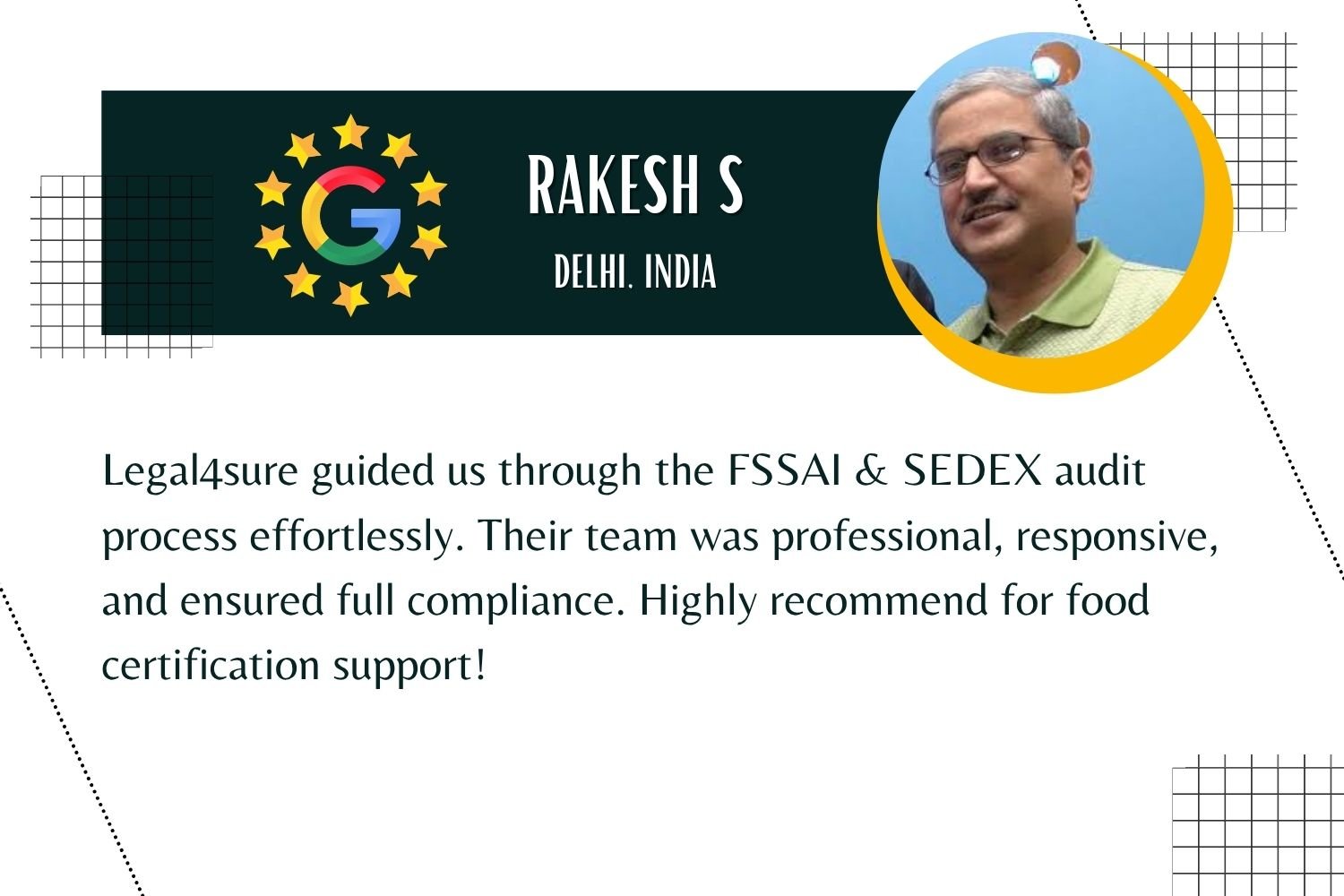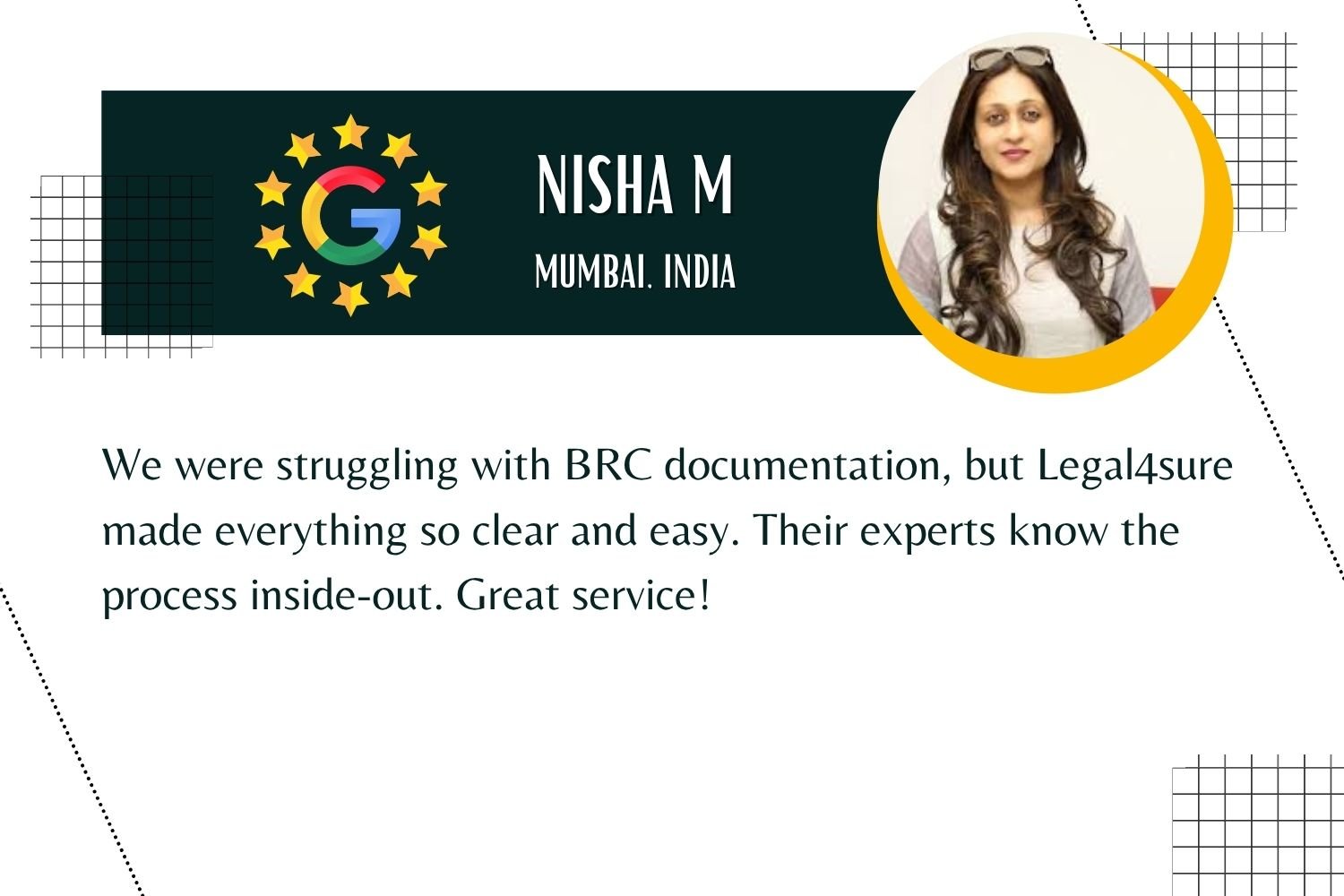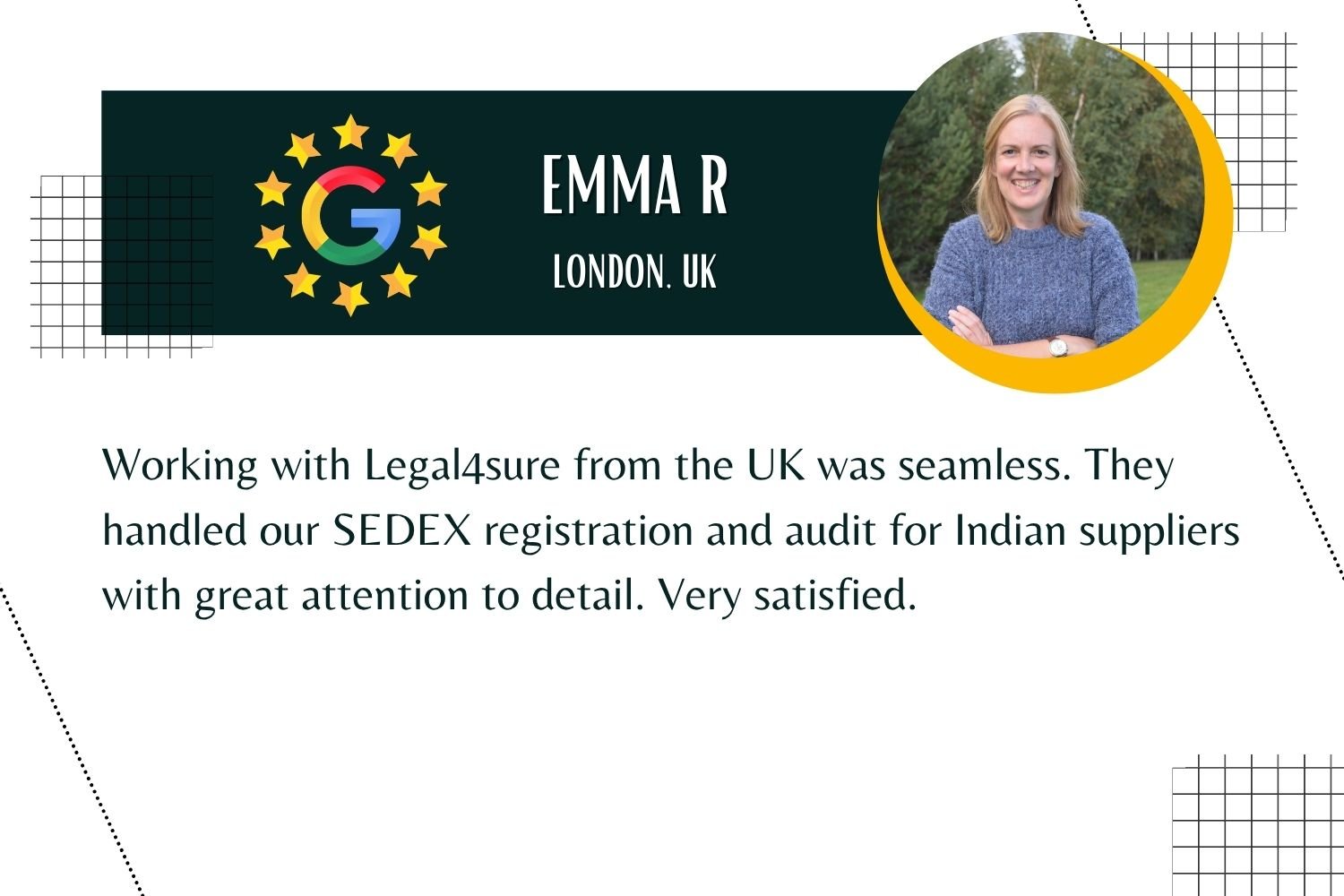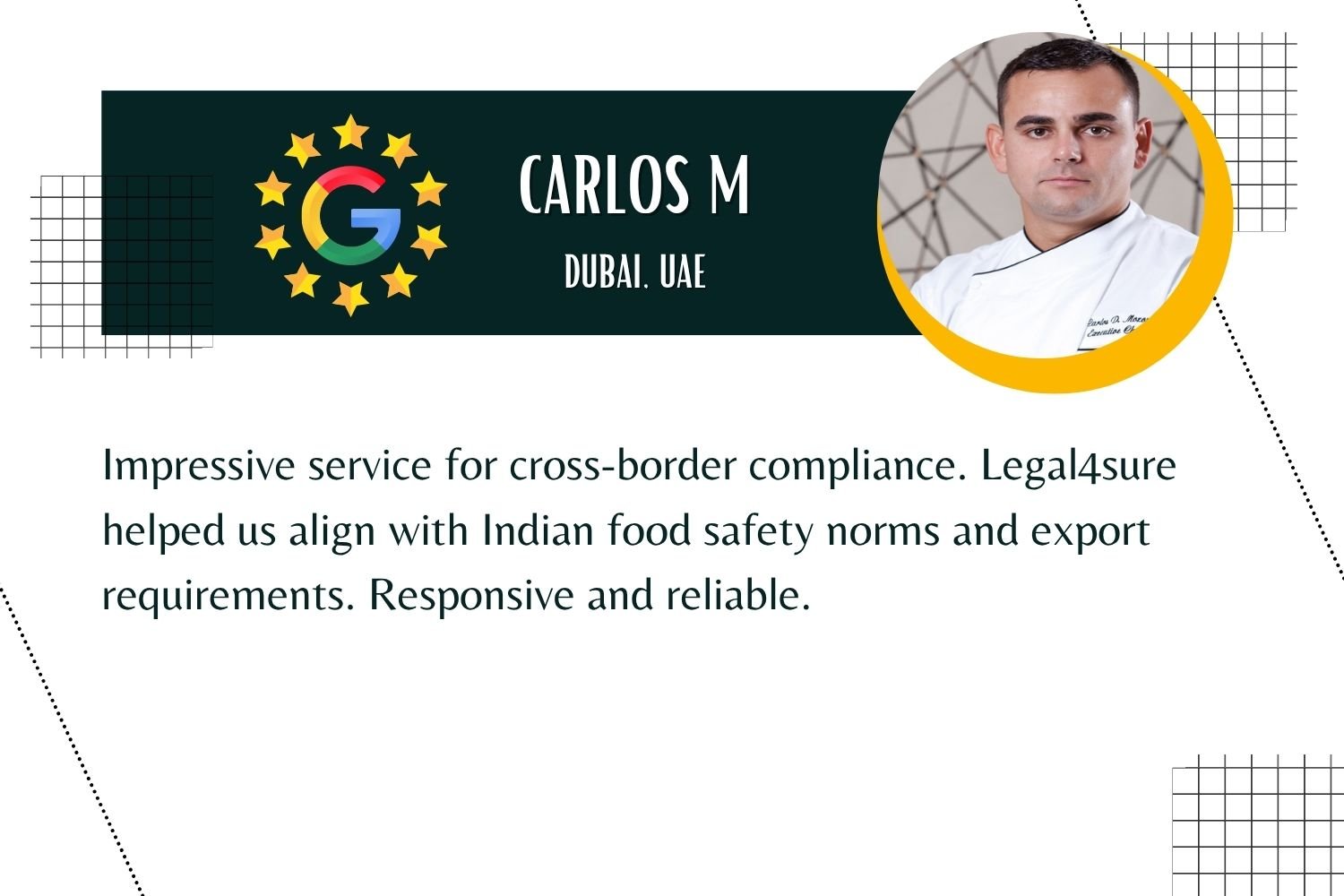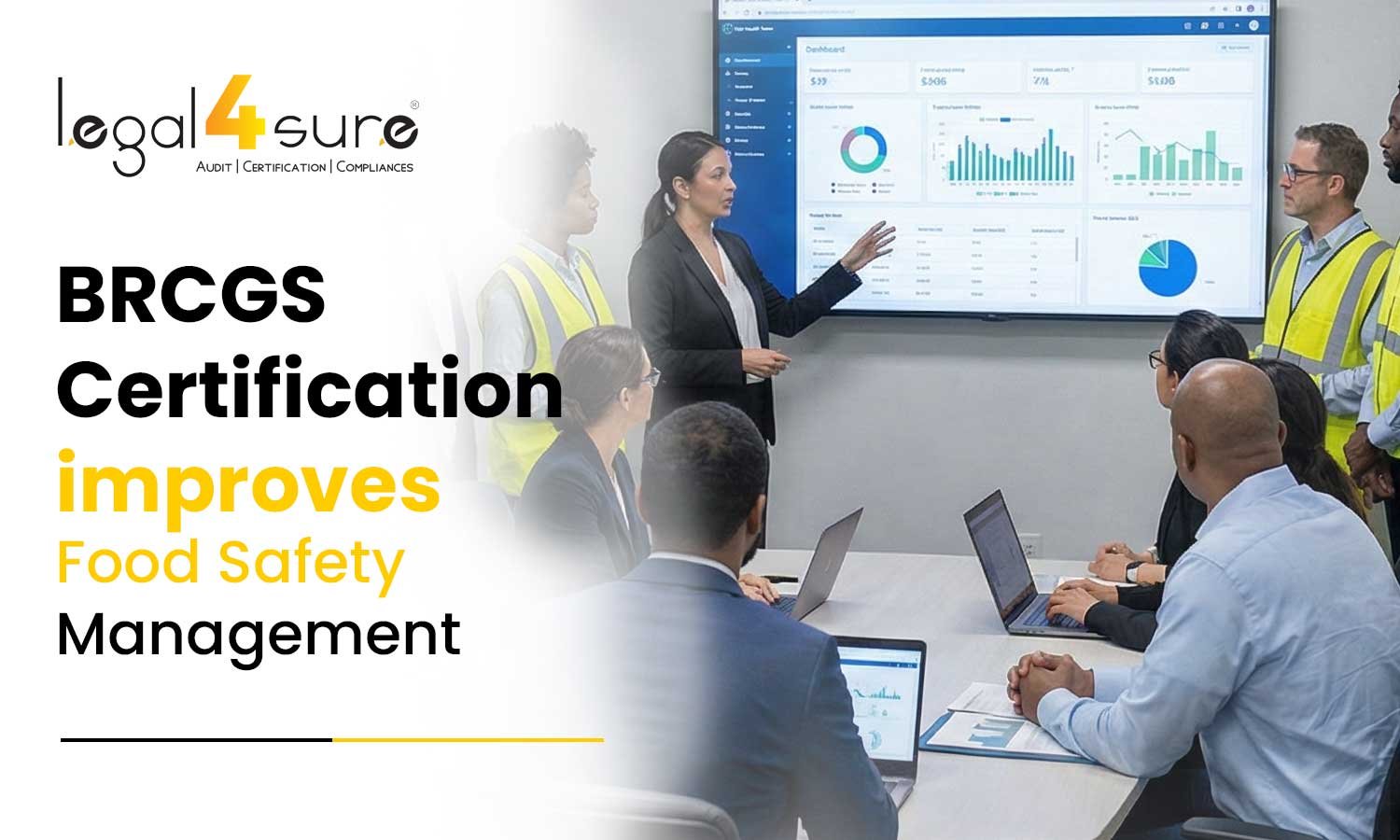The Future of Audit: The End of Point-in-Time Compliance by 2025. As the manufacturing process of supply-chain interaction becomes more complex. Auditing for ethics will soon become a thing of the past, and AI and blockchain technology are the enablers of this. Together and in concert with one another, these two technologies will create what has never been possible before. It will provide multi-tier traceability that is immutable, verified in real time, and with predictive abilities for the future. For an organization like Sedex, this technology will enable ethical due diligence. At a continuous pace that is proactive and not reactive, as reporting has historically been. This is a significant time, as we are also already halfway through this decade and will have changed a global standard.
Why Clear Visibility and Traceability Matter for Sedex Suppliers
- The need for visibility and traceability throughout the supply chain is critical. To address supplier ethical sourcing and fair labor practices. And full ESG compliance in today’s complex work environments.
- The shortcomings of conventional Sedex-style audits have been evident. Ever since then, they have described a point-in-time view of compliance for their customers. In their reporting process, violations could remain unreported and unidentified for months.
- Auditing practices do not typically facilitate exposing risk that goes beyond the immediate branded/Tier 1 supplier. This means Tier 1 suppliers ultimately hear little about what to expect from transparency in their supply chain. These audits do not provide a front-line defense against data manipulation and falsification.
- AI and blockchain diminish these issues and shift ethical sourcing accountability from being periodic. A reactive check to an ongoing, validating due diligence process. It also serves to transition for the business/organization. To begin to shift from moving into a non-visibility of previous failures. Somewhat infrequent future failures, into a point-in-time diligence statement dated. Either an observation or a tagging of an event as compliant or non-compliant.
Blockchain: Creating a Trusted and Transparent Supply Chain
Blockchain provides an enduring record of audits and certifications. That establishes a trust layer for ethical sourcing in a tamperproof, immutable ledger. Multi-tier traceability facilitates tracking of materials from the source. To a certified supply chain in a “farm to shelf” manner. Most critically, through the use of smart contracts, blockchain inherently provides automated compliance, with payments held (or non-compliance reported). When certain ethical triggers and actions have been performed. This provides decentralized, verifiable oversight throughout the entire supply chain.
AI: Transforming Supply Chain Data into Actionable Insights
|
Capability |
Functionality |
| AI Capability | Machine learning analyzes historical audits, geography, and commodity trends. |
| Predictive Risk Scoring | Proactively identifies high-risk suppliers. |
| Real-Time Anomaly Detection | Monitors IoT, shipping logs, and production data; flags suspicious activities immediately. |
| Audit Efficiency (NLP) | Rapidly scans documents and codes of conduct; streamlines SMETA audits and reduces human error. |
| Data Validation | Cross-references blockchain data with external sources to ensure self-reported info is accurate. |
Smart Supply Chain Oversight with AI and Blockchain
When AI and blockchain intersect, it is a powerful mechanism that leverages blockchain technology. To verify the integrity of immutable data. It uses the data for predictive purposes and risk analysis.
- The Digital Product Passport (DPP) is built on blockchain technology. This provides an accurate history of the product that is irreversible. But it also depends on artificial intelligence to endorse and track that history.
- Worker Welfare Monitoring utilizes IoT sensors, combined with blockchain records. To provide AI analytics to identify suspicious activity that may indicate forced labor or excessive hours.
- Carbon/ESG Tracking (Scope 3) utilizes AI to examine on-blockchain multi-tier supplier data to predict a company’s total ESG risk and implications.
Success Story: AI and Blockchain in Ethical Cotton Supply
- Background:
A mid-sized clothing company sourcing cotton from several farms in India encountered challenges with auditing. The cotton products lacked sufficient multi-tier traceability.
- Solution:
The blockchain had the intended result of establishing immutable records of cotton origin, harvest, and labor audits. Use of AI + IoT was incorporated in the form of sensors to capture worker hours and environmental conditions. Outliers were flagged by AI. Automated alerts were embedded to flag non-compliance, and ultimately. The system could implement actions if criteria were exceeded via smart contracts.
- Results:
Tiered traceability improved from Tier 1→Tier 3+ in a three-month timeframe. The auditor benefited from real-time data on non-compliance. The efficiency of the audit was improved, along with the hours required for the human. As auditors were able to reduce human time by 40%. Once monitored and verified, the data was utilized through a Digital Product Passport for end consumers.
- Impact:
This example highlights an example of how AI + Blockchain can shift the landscape for ethical compliance from a reactive mode to real-time. Ongoing monitoring of compliance.
Regulatory Drivers Shaping Supply Chain Transparency: 2025 Outlook
- The collaboration of artificial intelligence and blockchain is helping transform the ethical supply chain. Monitoring away from reactive point-in-time audits and towards continuous, real-time, verifiable, trustworthy, and immutable due diligence.
- Blockchain provides the trust layer by means of a verifiable. An immutable ledger that can record both multi-tier traceability and compliance documentation.
- AI is reading the trusted data into intelligence for proactive risk. Prediction of worker welfare, forced labor, and Scope 3 carbon emissions.
- New regulations, such as the EU CSRD and CSDDD, are helping transform ethical sourcing/fair trade sourcing. From aspirational CSR objectives to bona fide legal compliance with the depths of verifiable supply chain visibility.
Overcoming Challenges in Supply Chain Compliance 2025 Solutions
Problems:
- Data Quality (“Garbage in, Garbage out”): Conventional systems do not provide a means to validate the quality or authenticity of what is provided by a supplier. This poses a risk for bad or fake information being generated in the ledger.
- Interoperability and Standards: Interfacing different unrelated legacy IT systems, along with the confident transfer of evergreen data. Managing across multiple partners or suppliers at every tier level of the supply chain is complicated.
- Scalability, Cost, and Efficiency: The number of transactions witnessed globally, within a supply chain, will usually, almost always, exceed the transaction rate and processing of public blockchains. These factors typically make transactions delayed and more costly to be broadly adopted for commercial use.
Potential Solutions to Authority in 2025
- AI-Enabled IoT Oracles: Once again, the application of uniquely designed AI models can authenticate the data at its source. Whether it be in a sensor environment or an outside source, it helps ensure trusted quality data. To help address the issue of “garbage in, garbage out”.
- Standardized Data Models & Permissioned Blockchains: By utilizing commonly accepted data schemas (e.g., the GS1 data model) and permissioned networks. Data is guaranteed to be correctly formatted, transferred, and securely shared among trading parties.
- Layer 2 Solutions and Private Blockchains: Off-chain processing (Layer 2) and enterprise-facing private blockchains can increase transaction speed and efficiency. And dramatically decrease high-volume supply chain operations’ fixed and variable costs.
Conclusion
Legal4Sure aims to help organizations operate with confidence within complicated regulatory frameworks. We offer solutions to ensure compliance, transparency, and risk management that build organizations’ confidence to make decisions. With our expertise, technology, and practical advice. We strive to help the organizations we serve move forward in meeting their legal obligations. While developing an ethical, efficient, and sustainable business.
FAQ
Q1. How does blockchain enhance supplier visibility in Sedex?
Ans: Blockchain can create a permanent, distributed record of audits, transactions, and certifications. With multi-tier data visibility and low supplier information fraud risk.
Q2. How does AI indicate supplier noncompliance?
Ans: Using historical audit data, IoT import data, and external factors. AI builds a pattern for predicting high-risk suppliers. AI then predicts the likelihood of noncompliance before an act of noncompliance occurs and enables proactive risk management.
Q3. Can SMEs work with AI & blockchain to stay compliant?
Ans: Yes, absolutely. Permissioned blockchains and cloud-based AI tools make it very achievable for SMEs to work with AI & blockchains. Smart contracts and forecast tools may also provide yet another mechanism for ease of reporting and audit readiness.



